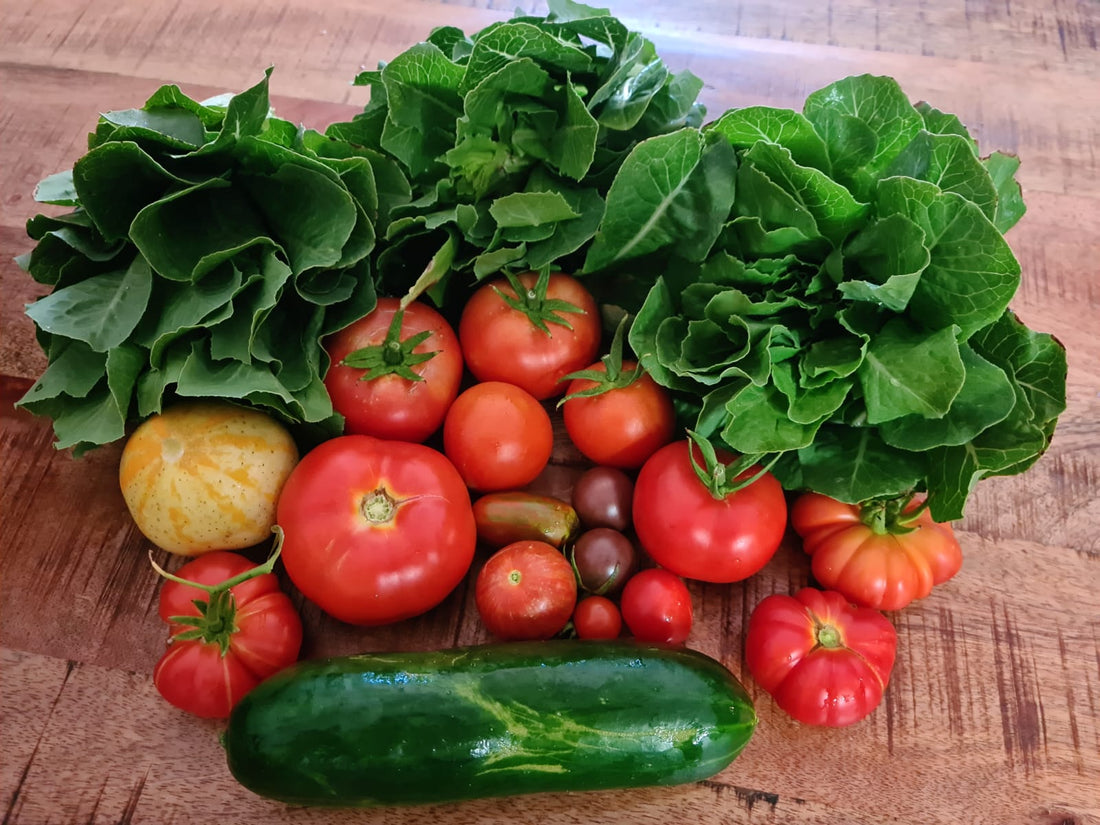We personally prefer an organic and untreated seed selection to share with the community and preserving these for the future.
The Heirloom Varieties include vegetables, fruit and nut trees as well as medical plants, herbs and flowers. The benefits for us are fresh, healthy and home grown food with unique colours, textures or tastes that are not readily available to purchase. Well known for their enormous range of special qualities that are missing in stores these days.
Heirlooms have been passed down through generations of a plant because their produce is valued for their flavour, productivity, hardiness and adaptability. They have stood the test of time and are extremely reliable.
Most Heirloom Varieties are dated back at least to 1951, some as far back as the 16th century with interesting stories connected to them. This history is worth sharing as it helps us understand and appreciate our connection to the land we live on and the changes passing through.
Besides of the connection to the past and preserving history, the actual benefits of planting heirloom seeds is encouraging horticulture diversity as well as saving endangered plant varieties.
Further when propagating, you can save money as saving the seeds from your own plants will evolve truly to a copy of the parent.
Aligning with our values of life we reserve older varieties, protecting their positive characteristic alongside open pollination meaning relying on natures insects, birds, and wind like our ancestors have. These Varieties are not genetically modified, growing true to seed and play an important role in biodiversity.
Some heirloom seeds might require a bit more care to grow, but we have happily met this challenge for the promise of the fond childhood memories with subtle flavour, fragrance and crunch when eaten fresh.
At last these are highly sought after foods and seedlings for others as they are becoming increasingly popular and can create a good profit if considering selling.

